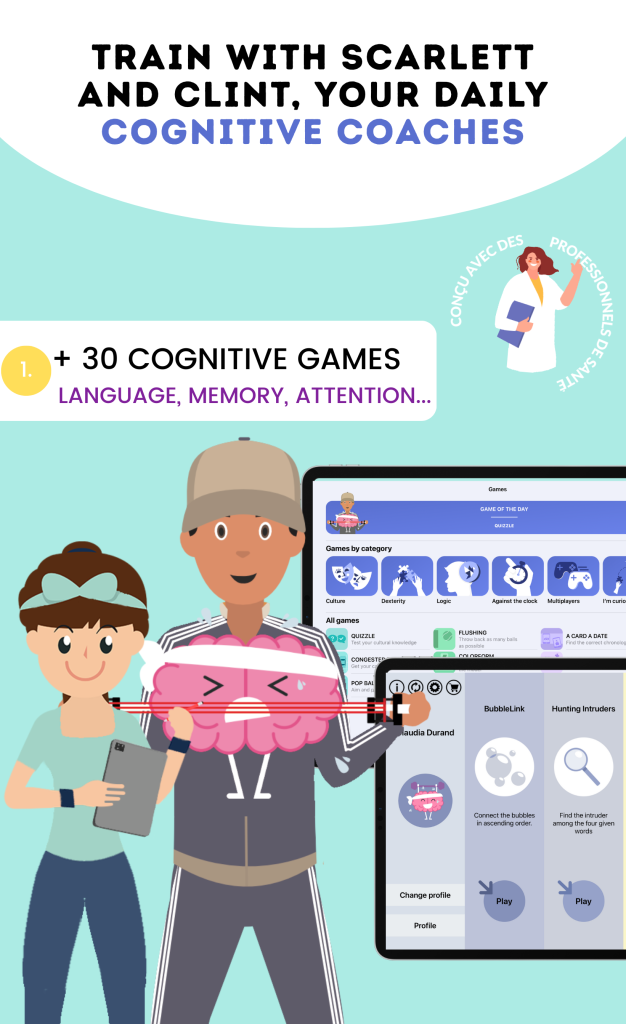Home care is an essential sector for elderly people, allowing them to stay at home while receiving the care and assistance they need. Over the years, this sector has undergone significant evolution to meet the growing needs of the aging population. In this article, we will examine the importance of home care for seniors, as well as the evolution of the sector over the years.
The Growing Needs of Seniors in Home Care
The aging population is a key factor contributing to the increasing demand for home care. With rising life expectancy, more and more elderly people require assistance to carry out daily tasks and maintain their independence. Additionally, the increase in chronic diseases among seniors necessitates special attention and tailored care.
Seniors also have specific needs regarding home care. They often need assistance with mobility, eating, taking their medications, and managing their health. They may also require help with household tasks and shopping. Therefore, it is essential that the home care sector can meet these specific needs.
The Current Challenges in the Home Care Sector
Despite the growing importance of home care, the sector faces several challenges. First, there is a shortage of qualified staff to meet the increasing demand. Home care professionals must be trained and skilled to provide quality care to seniors.
Moreover, there is financial pressure on home care services. The costs of home care can be high, making it difficult for many seniors to access these services. It is therefore important to find solutions to make home care more affordable and accessible.
Finally, it can be challenging to meet the specific needs of seniors in home care. Each senior is unique and has different needs. It is therefore essential that home care services can adapt and provide personalized care.
The Solutions Offered by Our Toolbox to Meet Seniors’ Needs
To address the growing needs of seniors in home care, our toolbox offers several solutions. First, we provide care planning and tracking tools that allow home care professionals to better organize their work and ensure that all seniors’ needs are taken into account.
Next, we offer personalized training and support for home care professionals. This training enables them to acquire the necessary skills to provide quality care to seniors. The personalized support also helps them face the specific challenges of the sector.
Finally, we encourage partnerships with other health actors, such as healthcare professionals and senior associations. These partnerships improve care coordination and provide comprehensive assistance to seniors.
The Benefits of Using Our Toolbox for Home Care Professionals
Using our toolbox offers many benefits for home care professionals. First, it improves the quality of care by providing tools and resources for better planning and more effective care tracking.
Additionally, our toolbox optimizes task management by providing tools to organize and prioritize daily tasks. This allows home care professionals to save time and be more efficient in their work.
Finally, using our toolbox helps reduce errors and omissions. Home care professionals have access to all the necessary information to provide appropriate care to seniors, which reduces the risks of medical errors or negligence.
The Positive Impacts of Our Toolbox on Seniors’ Quality of Life

The use of our toolbox has a profound impact on the quality of life of seniors, by offering comprehensive and personalized assistance that meets their specific needs. Here are the main benefits that our toolbox brings to seniors and their loved ones:
1. Improvement in Addressing Seniors’ Specific Needs
Our toolbox allows home care professionals to have instant and centralized access to all the necessary information to provide tailored care. This ensures that each senior receives special attention and targeted care based on their specific needs, whether for health management, assistance with daily tasks, or supervision of medication intake. This personalized approach significantly enhances the welfare and comfort of seniors, providing them with quality care that respects their preferences and constraints.
2. Reduction of Stress and Anxiety for Seniors and Their Families
One of the major advantages of our toolbox is the reduction of stress and anxiety that seniors and their families may feel regarding care management. Thanks to the centralization of information and automatic reminders, home care professionals are better prepared and more effective in their interventions, giving seniors and their loved ones a sense of security. They can be reassured knowing that all aspects of care are handled professionally and proactively, thus reducing worries related to forgetfulness or errors.
Moreover, the ability for families to monitor the progress of care, consult real-time reports, and easily communicate with professionals enhances their peace of mind. This transparent communication helps alleviate tensions often associated with the worries of relatives.
3. Improvement in Communication and Trust Relationship
Smooth and effective communication is at the heart of the caregiver-patient relationship. Our toolbox fosters better mutual understanding between home care professionals and seniors. By having access to a common platform containing all relevant medical and logistical information, caregivers can better understand the needs, preferences, and expectations of seniors while providing more precise follow-up.
This fosters trust between both parties, which is essential for a positive and respectful relationship. Seniors feel listened to and understood, which enhances their care experience and strengthens their autonomy. In return, home care professionals benefit from better preparation, allowing them to provide more personalized and responsive care.
4. Empowerment of Seniors Through Suitable Tools
Another major impact of our toolbox is the empowerment of seniors. By offering suitable technological tools, such as reminders for medication intake, care tracking alerts, or cognitive stimulation activities, our toolbox helps seniors maintain control over their daily lives. They can actively participate in their care journey and make informed decisions, thereby reinforcing their sense of independence and dignity.
This autonomy is essential for seniors’ morale, as it allows them to feel involved in their care while continuing to lead as independent a life as possible.
5. Reduction of Social Isolation and Improvement of Social Interactions
The communication tools integrated into our toolbox allow seniors to stay connected with their family, friends, and healthcare professionals, thus reducing the risk of social isolation. For example, messaging or video conferencing platforms enable seniors to easily communicate with their loved ones, creating a sense of closeness despite geographical distance.
Additionally, our toolbox facilitates the organization of social activities, such as group outings, interactive games, or regular calls with loved ones, fostering a dynamic and enriching social environment for seniors. These interactions play an important role in preserving their emotional and mental well-being.
The Future Perspectives for Home Care with the Use of Our Toolbox
The use of our toolbox opens up many future perspectives for the home care sector. First, it improves the quality of home care by providing tools and resources for better planning and more effective care tracking.
Moreover, using our toolbox helps reduce costs for home care services. By optimizing task management and reducing errors, home care services can save time and resources, resulting in lower costs.
Finally, using our toolbox improves the satisfaction of seniors and their families. By providing quality care and addressing the specific needs of seniors, home care services can enhance their reputation and retain their clients.
The Training and Support Offered by Our Toolbox for Home Care Professionals
To help home care professionals use our toolbox effectively, we offer training and personalized support. This training enables professionals to acquire the necessary skills to use all the tools available in the toolbox.
In addition to training, we also provide personalized support for home care professionals. This support allows them to ask questions, solve problems, and receive tailored advice to improve their practice.
Finally, we provide educational resources such as user guides, explanatory videos, and tutorials to help home care professionals use our toolbox independently.
The Partnerships Established by Our Toolbox to Improve Care for Seniors
To improve care for seniors, our toolbox encourages partnerships with other health actors. We collaborate with healthcare professionals such as doctors, nurses, and pharmacists to ensure optimal care coordination.
We also work in partnership with senior associations to better understand their needs and expectations. These partnerships allow us to adapt our toolbox according to the specific needs of seniors.
Finally, we encourage the exchange of best practices with other home care services. This allows us to learn from each other and find innovative solutions to improve the quality of home care.
Our Toolbox, an Essential Tool for the Future of Home Care
In conclusion, home care is a constantly evolving sector that plays an essential role in the care of seniors. Our toolbox offers solutions to meet the growing needs of seniors in home care by providing care planning and tracking tools, personalized training and support, as well as partnerships with other health actors.
Using our toolbox presents many advantages for home care professionals, such as improving the quality of care, optimizing task management, and reducing errors and omissions.
Finally, our toolbox has a positive impact on the quality of life of seniors by improving their care, reducing stress and anxiety related to care management, and fostering better communication between home care professionals and seniors.
With the use of our toolbox, the home care sector can look forward to a promising future, with improved quality of home care, reduced costs, and better satisfaction for seniors and their families.





